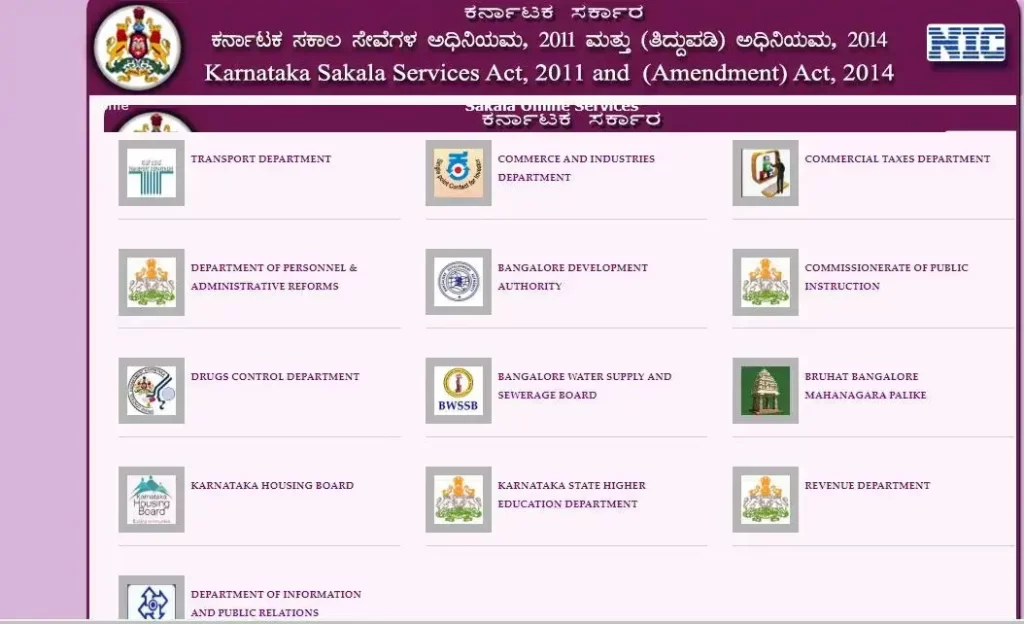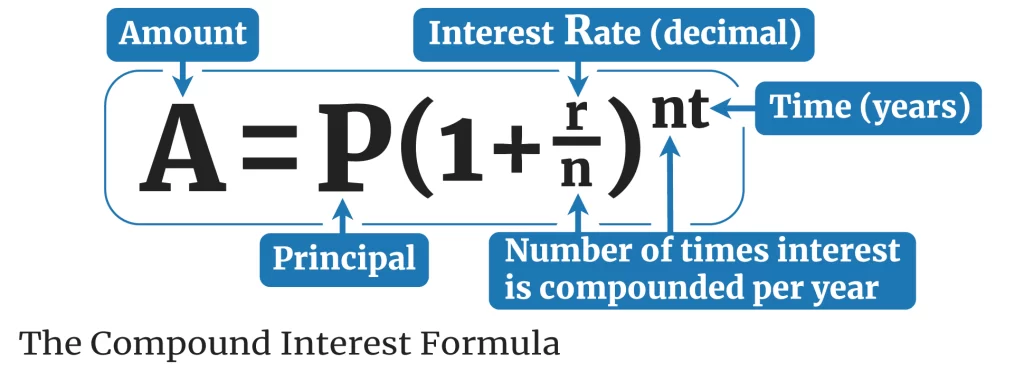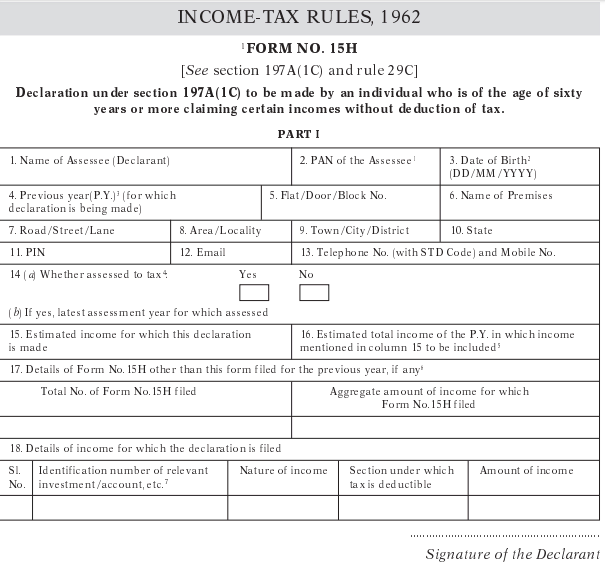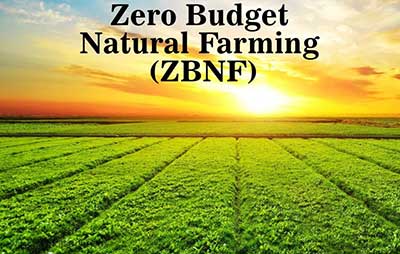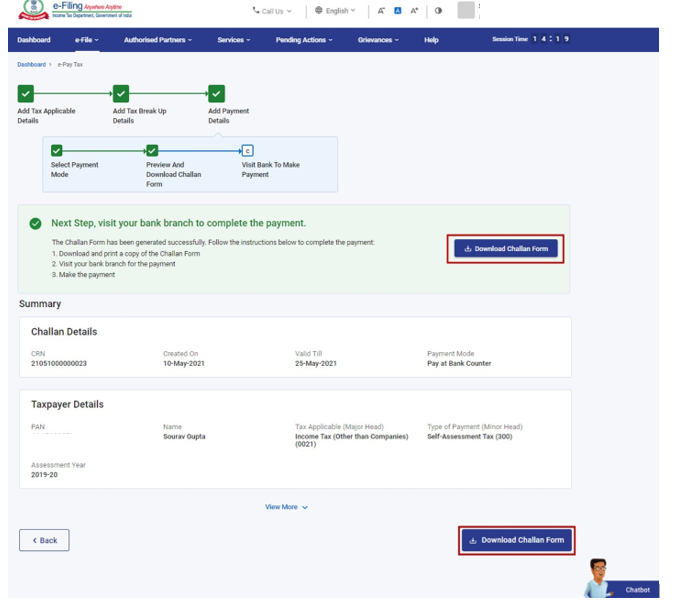Attention is invited to the Instruction No. 01/2023-GST dated 04.05.2023 vide which guidelines were issued for conducting a special All-India drive during the period from 16th May 2023 to 15th July 2023 (which was further extended till 14th August 2023), for verification and detection of suspicious/ fake registrations and for taking timely remedial action to prevent any further revenue loss to the Government. A National Coordination Committee headed by Member (GST), CBIC and including the senior officers from different States and Centre was also formed to take decisions and monitor the progress of this special drive. A meeting of the said National Co-ordination Committee was held on 11th July 2024, wherein it was discussed that the special All-India drive conducted during the year 2023, was found quite effective in weeding out fake registrations. The Committee felt that there may be a need for further focused and coordinated action by Central and State tax authorities to clean up the tax base and to take concerted action against the fake registrations and fake/bogus invoices, on the same pattern as was done during the said drive. It was, therefore, decided that a second special All-India drive against fake registrations may be conducted by all Central and State tax authorities for a period of two months starting from 16th August 2024. The National Co-ordination Committee also decided that like the previous drive, a set of common guidelines may be issued to ensure uniformity in action by the field formations and for effective coordination and monitoring of the action taken during this special drive. The following guidelines are issued for such concerted action on suspicious/ fake registrations during the special All-India drive during this year: a) Period of Special Drive: The second Special All-India Drive may be launched by all Central and State Tax administrations from 16th August 2024 to 15th October 2024 to detect suspicious/ fake GSTINs and to conduct requisite verification and further remedial action to weed out these fake billers from the GST eco-system and to safeguard Government revenue. b) Identification of fraudulent GSTINs: GSTN, in coordination with Directorate General of Analytics and Risk Management (DGARM), CBIC, will identify suspicious/ high-risk GSTINs, based on detailed data analytics and risk parameters, for the purpose of verification by the State and Central Tax authorities during the said drive and share the details of such suspicious GSTINs, jurisdiction wise, with the concerned tax administration. In case of such suspicious GSTINs falling under the jurisdiction of Central Tax, the details will be shared with the Central Tax authorities by GSTN through DGARM. Besides, the State and Central Tax Authorities, may, at their own option, supplement this list by data analysis/ intelligence gathering at their end, using various available analytical tools like BIFA/ GAIN, ADVAIT, NIC Prime, E-Way Bill Analytics etc., as well as through human intelligence, modus operandi alerts, experience gained through the past detections, as well as the first special All-India drive. c) Action to be taken by field formations: i. On receipt of data from GSTN, a time bound exercise of verification of the suspicious GSTINs shall be undertaken by the concerned jurisdictional tax officer(s). If, after detailed verification, it is found that the taxpayer is non-existent and fictitious, then the tax officer may immediately initiate action for suspension and cancellation of the registration of the said taxpayer in accordance with the provisions of section 29 of CGST Act, read with the rules thereof. ii. Further, the matter may also be examined for blocking of input tax credit in Electronic Credit Ledger as per the provisions of Rule 86A of CGST Rules without any delay. Additionally, the details of the recipients to whom the input tax credit has been passed by such non-existent taxpayer may be identified through the details furnished in FORM GSTR-1 by the said taxpayer. iii. Where the recipient GSTIN pertains to the jurisdiction of the said tax authority itself, suitable action may be initiated for demand and recovery of the input tax credit wrongly availed by such recipient on the basis of invoice issued by the said non-existent supplier, without underlying supply of goods or services or both. iv. In cases where the recipient GSTIN pertains to a different tax jurisdiction, the details of the case including the details of the recipient GSTIN, along with the relevant documents/ evidence, may be sent to the concerned tax authority, as early as possible, in the format mentioned in Annexure-B. For sharing such details/ information and coordination with other tax authorities, GSTN Back Office has an online functionality, namely, ‘Initiate Enquiry’ in the Enforcement module, which is available to all tax officers who have been assigned the role of ‘Enforcement Officer’ on the Back Office (BO Portal). v. For the purpose of communicating this information to the recipient tax jurisdiction, a nodal officer shall be appointed immediately by each of the Zonal CGST Zone and State. The name, designation, phone number/ mobile number and E-mail Id of such Nodal officer(s) appointed by CGST Zones and States must be shared by the concerned tax authority with GST Council Secretariat within three days of issuance of this letter. GST Council Secretariat will compile the list of the Nodal officers after procuring the details from all the tax administrations and will make the compiled list available to all the tax jurisdictions and to GSTN. vi. The nodal officer of the tax jurisdictions may be assigned the role of ‘Enforcement Officer’ on the BO Portal. Wherever the details of the recipient GSTIN needs to be shared to other tax jurisdiction, the same may be done through the nodal officer. The said nodal officer will accordingly share the information about the recipient GSTIN with the nodal officer of the concerned recipient tax administration, through the said functionality, attaching a pdf document in the format mentioned in Annexure-B. The nodal officer of the recipient tax administration will further share the details with the concerned jurisdictional tax officers, for necessary action. vii. GSTN will issue detailed guidelines/ advisory regarding usage of


